Carte pneumatique: Paris’ popular messaging system
Do you think the postal system has become terribly chiant (tiresome) these days?
Does anyone else think the postal system has become terribly chiant (tiresome) these days? As someone who used to write letters and postcards to friends and family from all over the world, it has become less and less reliable in my opinion.
Communication has changed dramatically over the centuries. In medieval times, messages were sent orally via messenger (often because the population was illiterate). By the 19th century, telecommunications had taken hold with the development of Morse code and later, the telegraph.
Telegraph communications were extremely popular in Paris in the 1800s. However, this overground messaging system had its problems. First, the lines would get overloaded with too many messages, and then there was the problem of increased street traffic because of the high volume of deliveries.
So, in 1866, borrowing from a similar system already established in London, a new way of communicating within Paris was developed. It was called the carte pneumatique.
Tell your baker, tell your parakeet, tell your landlord about For Love of France! This is reader supported so please consider becoming a paid subscriber (though you don’t have to!).
How it worked
The first time I heard of a carte pneumatique was from an autobiography by Deirdre Bair called Parisian Lives (excellent read, published in 2019). In it, she tells of her attempts to communicate with the reclusive Irish writer and Paris resident Samuel Beckett for a book she was writing about him. She describes her experience from 1971, when she tried to contact Beckett:
“In those days Paris had a system of pneumatiques, little blue messages that looked like telegrams and went through tubes all over Paris, to be delivered within the hour. I wrote several little “blue pneus” during the days that followed, and still I did not hear from Beckett.”
- Deirdre Bair, Parisian Lives (2019)
As Bair describes, the system was a network of tubes all over Paris and outlying areas. Below is a map from 1906 showing the various points around the city:
After years of experimentation, the carte pneumatique was made available to the public in 1879. (It’s worth noting that the telephone also arrived in Paris that year, but it had very few subscribers and wasn’t easily accessible to the general public.)
Here’s an example of a carte pneumatique on its signature blue paper:
The tubes that carried the messages were transmitted underground and aligned with the Paris sewer system. This was extremely clever for several reasons:
it avoided having to dig new lines to fit the new network
by using the established sewer system, it was easier to access for maintenance or repairs
an underground network avoided overcrowding the streets with message deliveries as with the telegraph
What propelled the tubes back and forth was water pressure from underground reservoirs. Once a petit bleu was sent to the recipient’s closest receiving station, it would be hand-delivered by courier.
Like telegrams, but different
These petits bleus were considered telegrams, but there were a few key differences. First, the length of the message did not determine the cost (it was a flat fee) and second, the message length also did not impact the speed with which a carte pneumatique could be sent.
Fascinating archives
I looked through a number of petits bleus from the archives of the Bibliotheque Nationale of France (BnF). There are a number of little blue notes written by composers Claude Debussy and Maurice Ravel, the author and aviator Antoine de Saint-Exupéry, and many other notable Parisians (a lot of composers) during the late 19th and early 20th centuries. What’s interesting is the variation of people’s handwriting: some of it is legible and some of it — absolutely not. (Debussy was very difficult to read.)
A few other things I noticed:
people sometimes addressed the recipient as ‘Maître’ which I assume to be a polite moniker for a respected person (friend or otherwise) - Frenchies please correct me if I’m wrong.
People often wrote 4 1/2 instead of 4h30 or 4:30 for times. I also saw a 1 1/14 for 1:15 or 1h15.
What did people write about?
Sometimes missives were written onto every nook and cranny of blue paper (see above), and sometimes — like this one from Debussy — there was nothing more than a brief scribble (“Yes my dear friend……. (illegible silence) It’s too hot.”):
I saw a number of messages responding to a dinner or event invitation, the kind of quotidien things we merely text each other about these days.
It actually was in service for a very long time
The poste pneumatique would go on to expand its network over the decades it operated. That is to say, it covered a lot of ground (ha ha, pun intended — work with me folks!). By 1934, the system covered more than 420km with 130 offices. That year, 10 million messages were sent!
The carte pneumatique system remained in service until 1984 — pretty impressive, despite other inventions like the telephone by then. However, it is only natural that outmoded means of communication fade over time, and the petits bleus have now been relegated to the archives.
Before I leave you, there’s one thing I had a question about in writing this. I wondered why it was called a carte pneumatique because the word ‘pneu’ means ‘tire’. I asked myself, were the tubes made of tire material? They weren’t. Then I found the answer: it’s a direct transliteration from the ‘pneumatic post’ invented in London, and in English, pneumatic is defined as something operated by air or gas pressure. Mystery solved.
Sources:
Musée de la Carte Postale
Paris ZigZag: The Pneumatic Post
Wikipedia: Paris pneumatic post
For anyone interested, some US cities also tried the pneumatic messaging system, but it didn’t take off like it did in Europe. Read more here from the Smithsonian’s National Postal Museum
Introducing Contributor, Jenn Bragg
Immerse yourself in all of Jenn’s articles on her Contributor page.


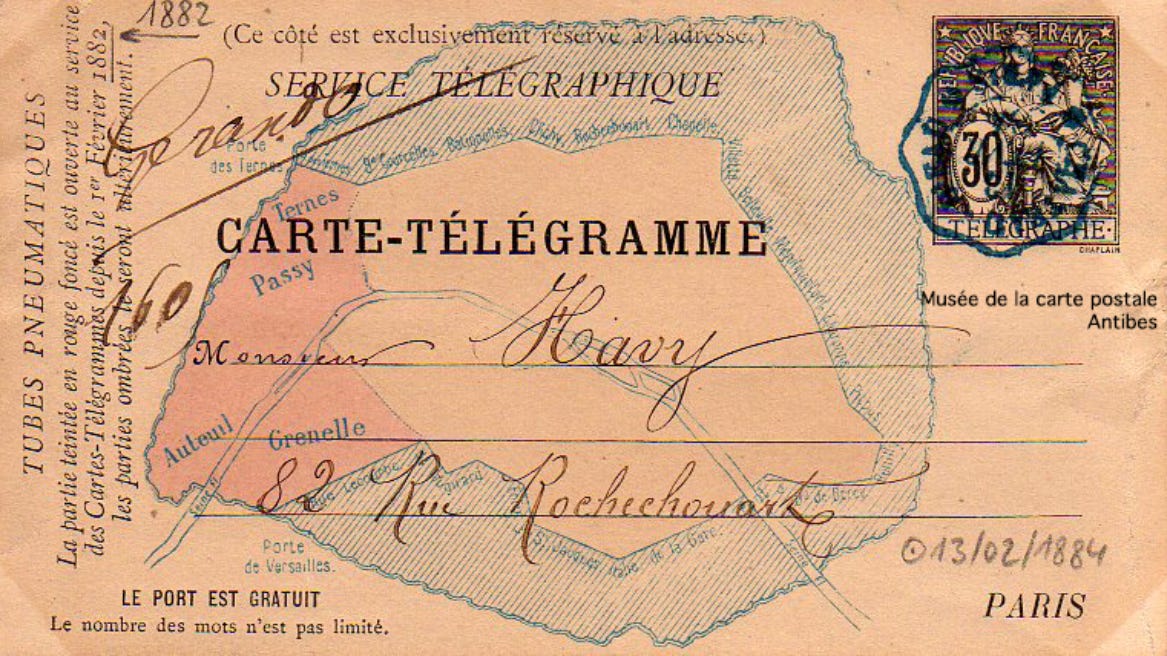
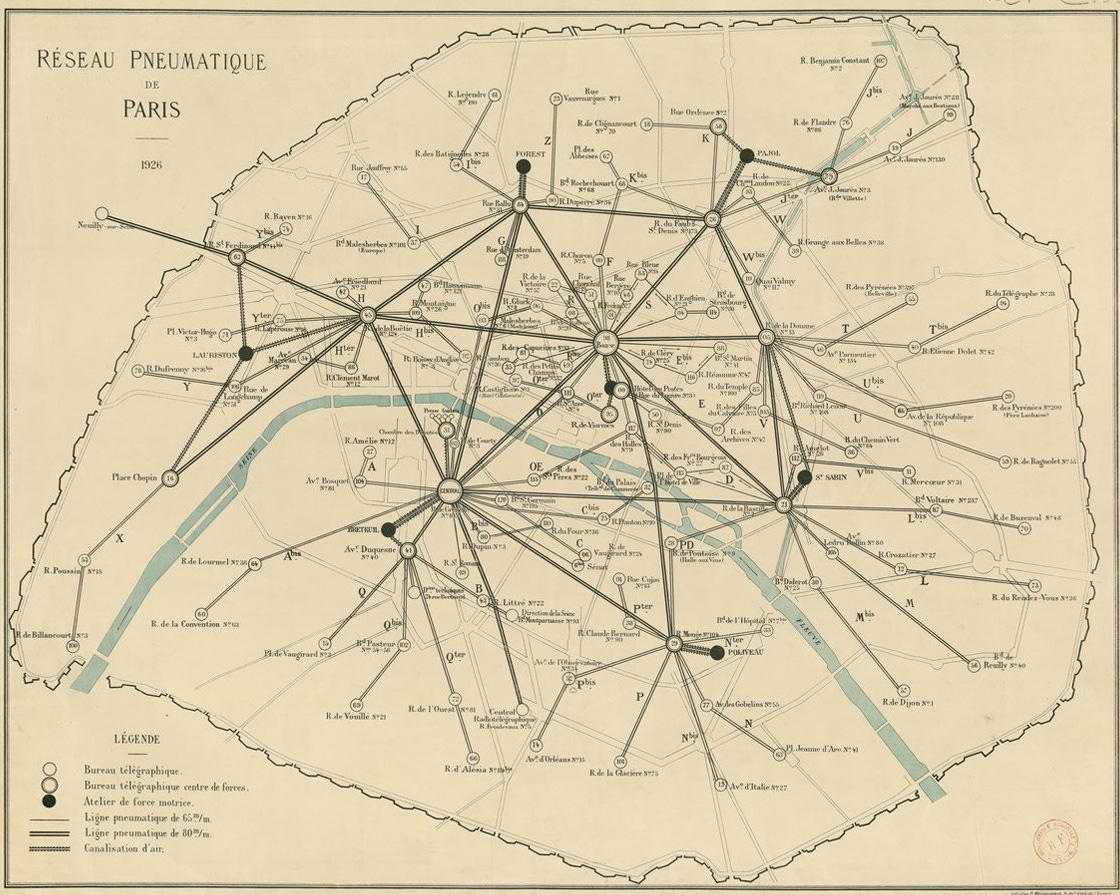
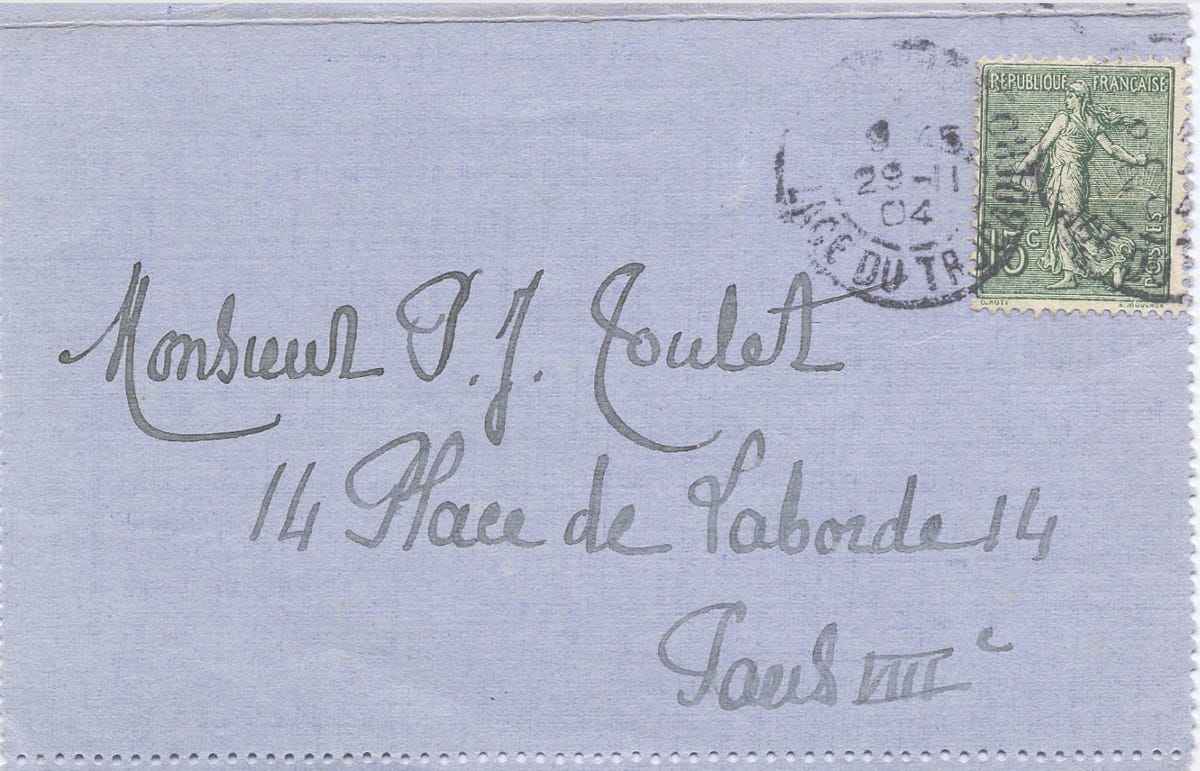
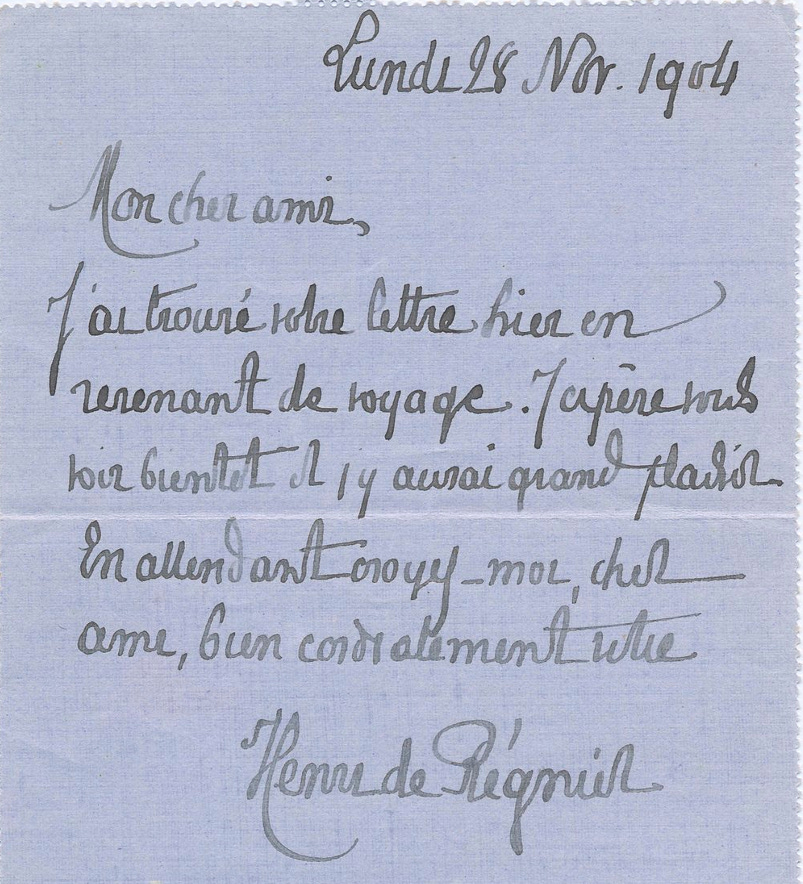
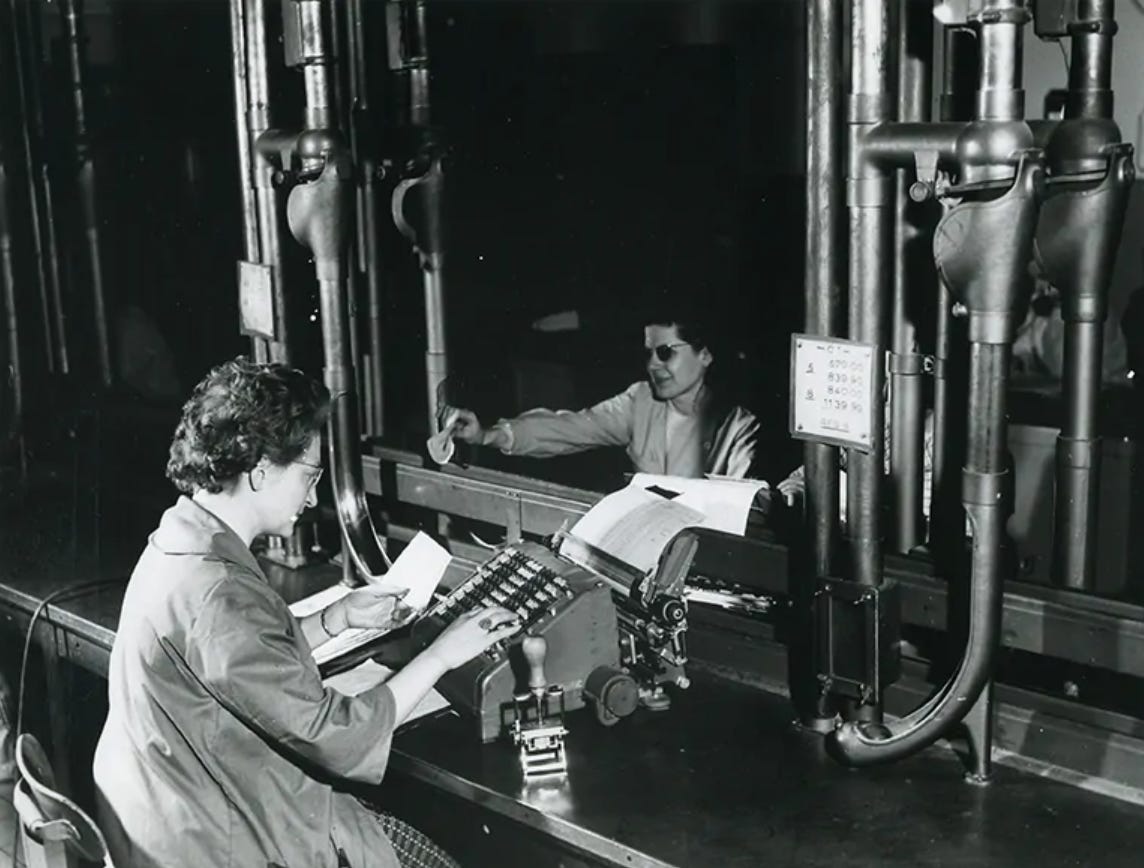
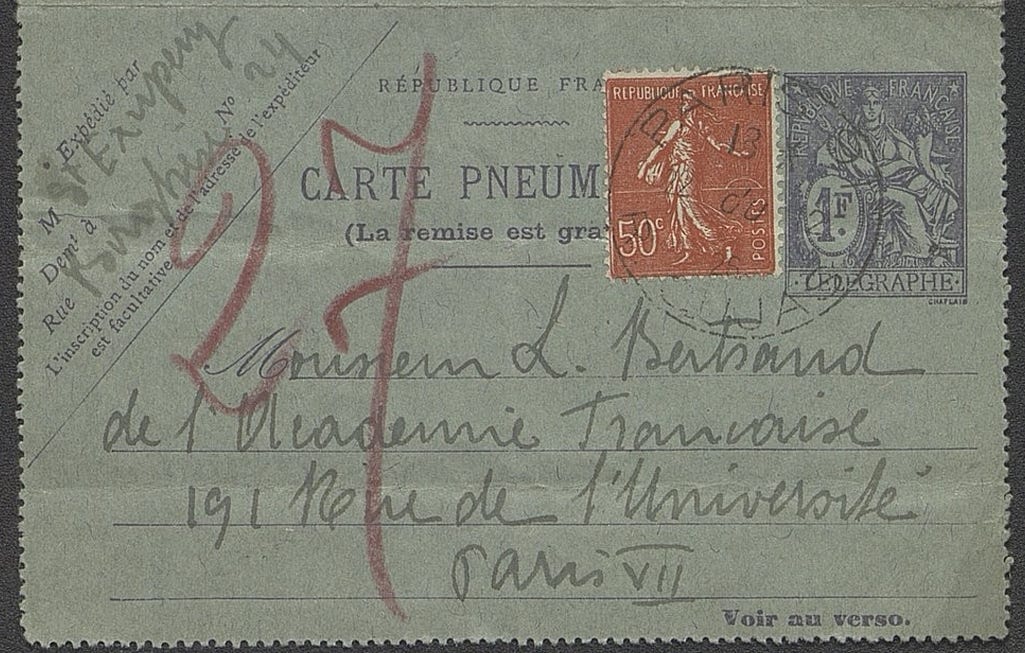
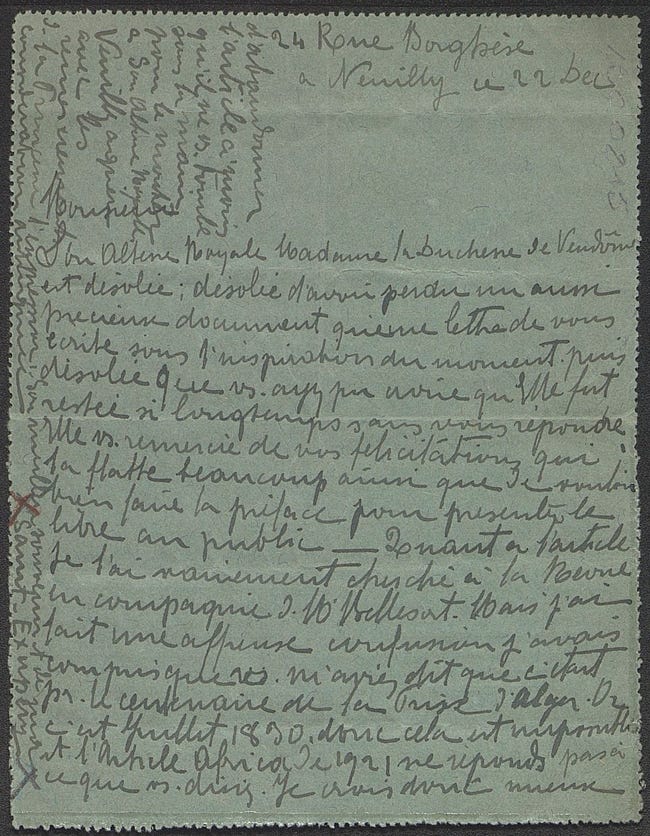
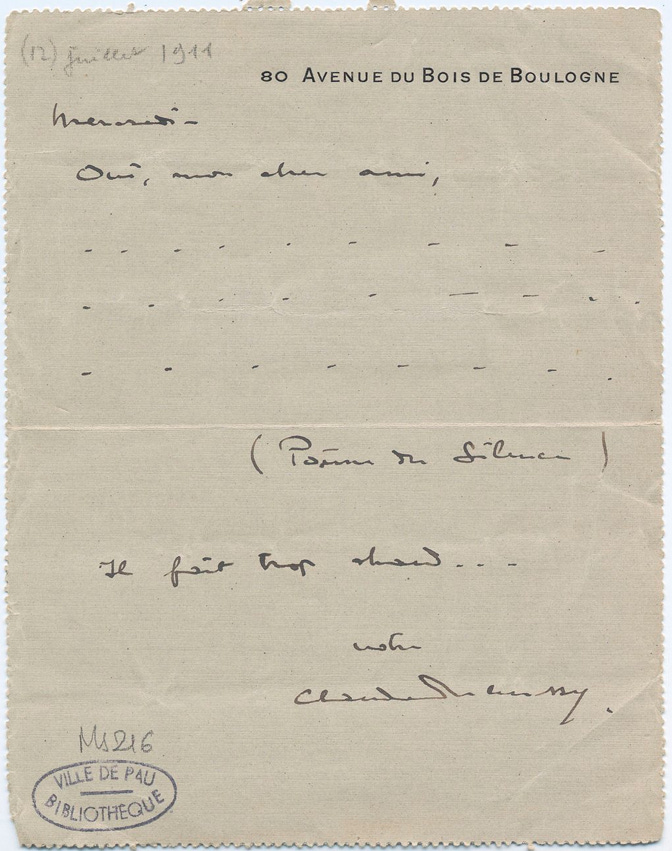
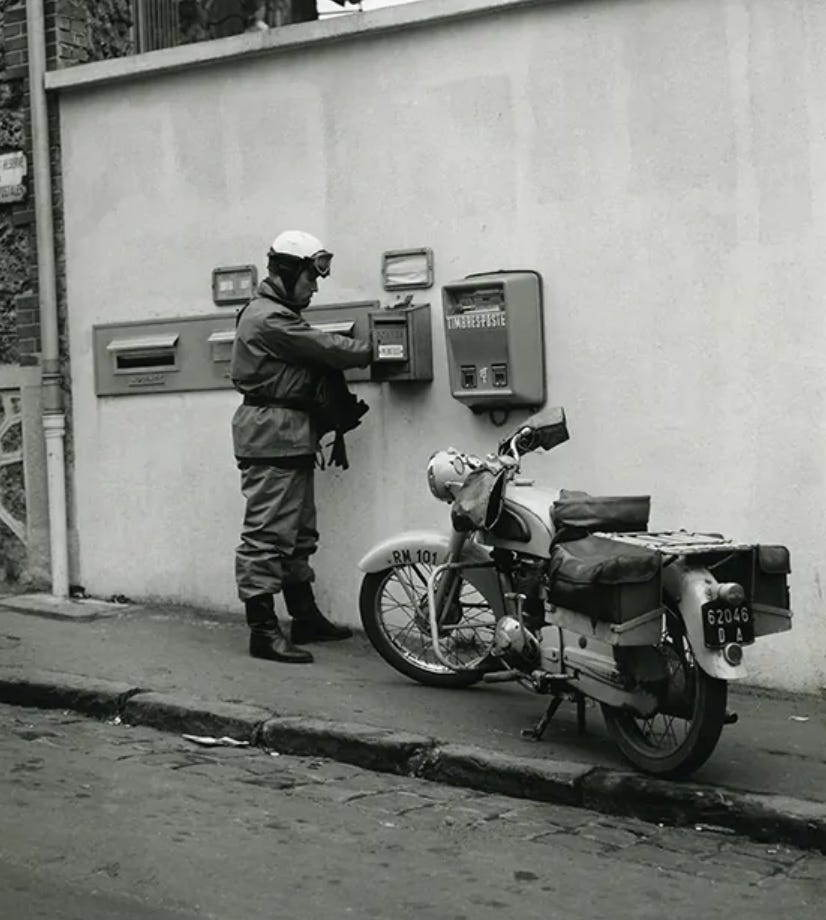
It's likely that a 'petit bleu' using Maître meant that the person was writing to their lawyer.